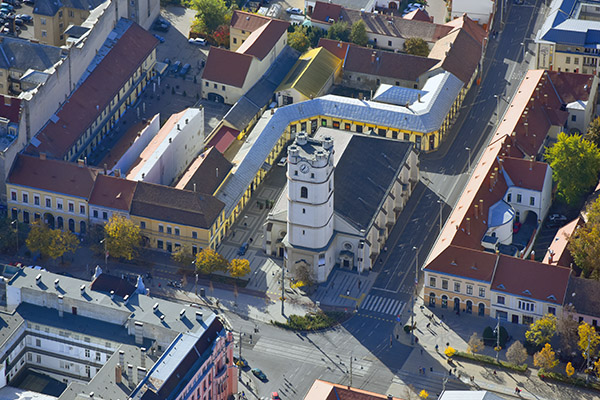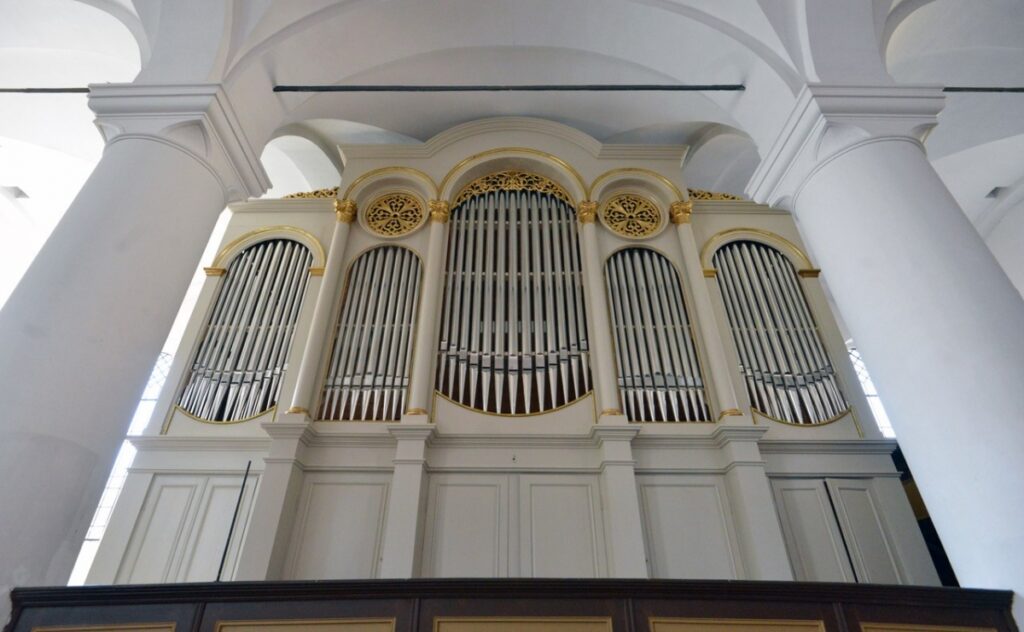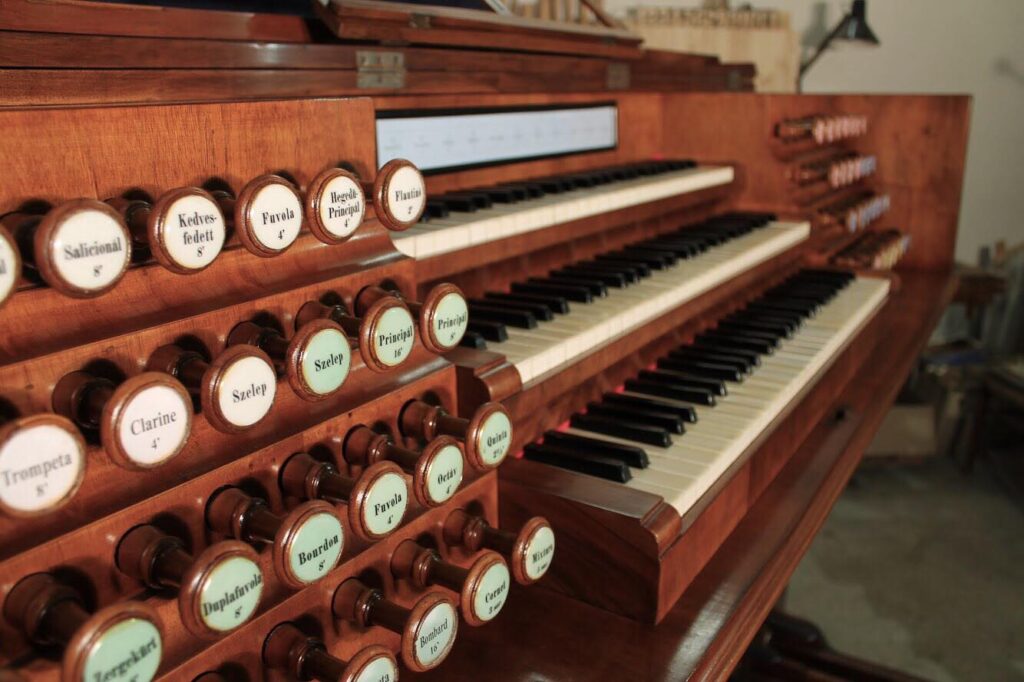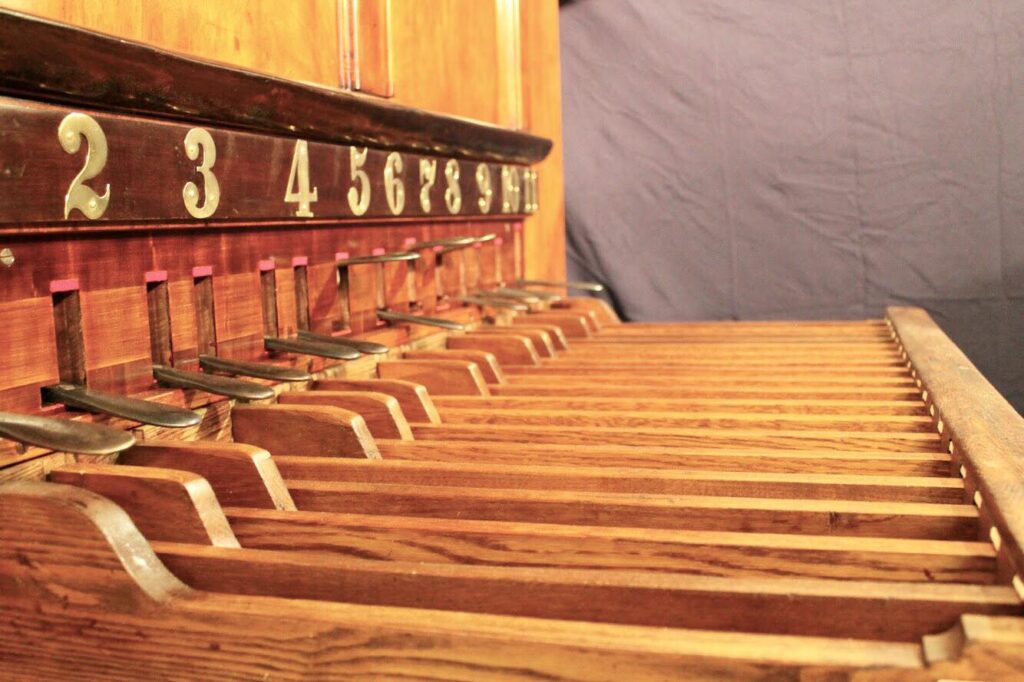The Reformed Small Church is the oldest surviving church building in Debrecen. It is modestly nestled between the colorful buildings that were once the trading houses and imposing palaces of Piac Street. Here are 10 points of interest about the Reformed Small Church, referred to locally, as the “Truncated Church”.
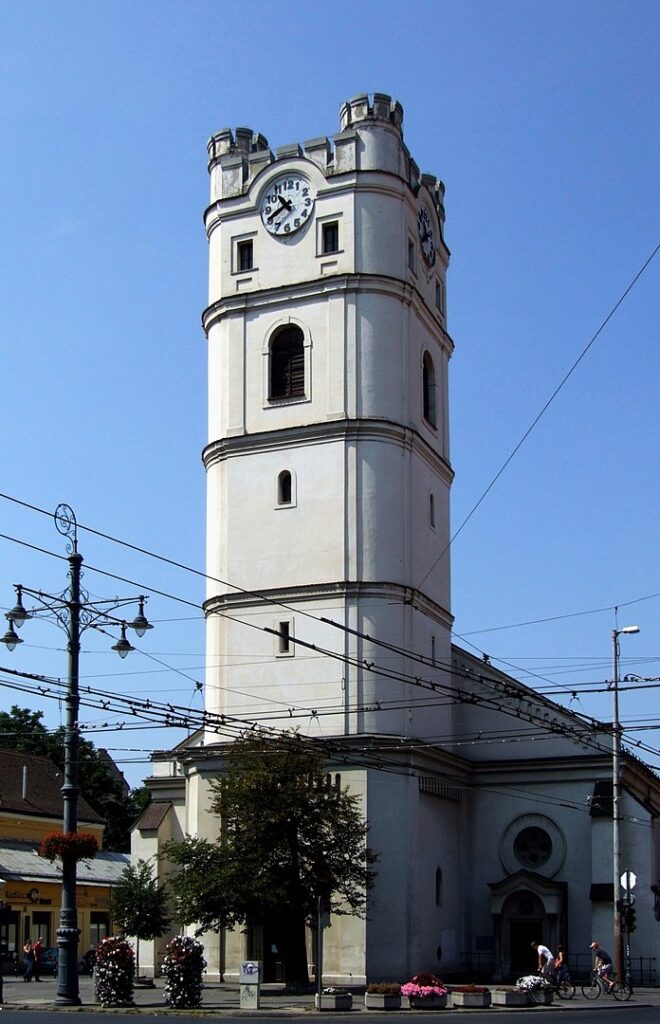
1. According to some sources, the Small Church stands on the site where the Chapel of St. Elizabeth once stood in the Middle Ages. It was one of the two chapels that operated next to St. Andrew’s Church, which dominates the site of today’s Great Church. The two chapels were seen as unnecessary by the Reformation and demolished.
2. In the 16th century, a building for worship stood on the site of today’s Small Church , which the records called “color”, “small church” or “new church”. This church was is said to have been made entirely of wood, with no tower, only a belfry, and perhaps a place of sale for guilds.
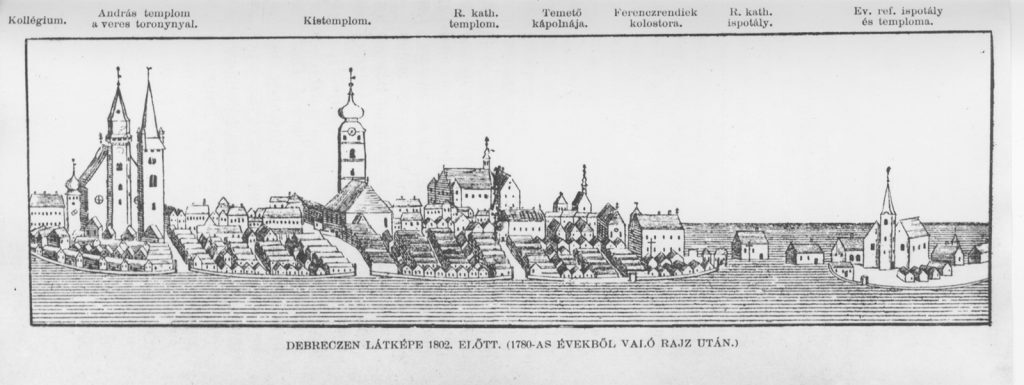
3. The imperial troops destroyed Debrecen and in doing so desecrated the church several times. In 1705 and 1706, the interior of the church was polluted and pulpit shattered by imperial troops, the benches and fences set on fire, his baptismal vessels stolen, and then horses were tied to the building. Shortly after its restoration in 1719, a fire destroyed much of the city, and during which the church was destroyed. The construction of the new 1,600-seat stone church was started with the donation of András Báthory Szabó, a citizen of Debrecen.
4. The reconstruction of the church , which had been lost in the fire, began almost immediately, and worship was held by 1721 , although the construction works were still going on for years. The tower was completed in 1725 and in that same year two new bells were hoisted into the shingled tower and the clockwork was put in place. The copper knob of the new tower was installed in 1726. It was then that the onion-shaped tower helmet was built, on which a gilded copper star (referring to the star of Bethlehem) protruding high, one meter in diameter.
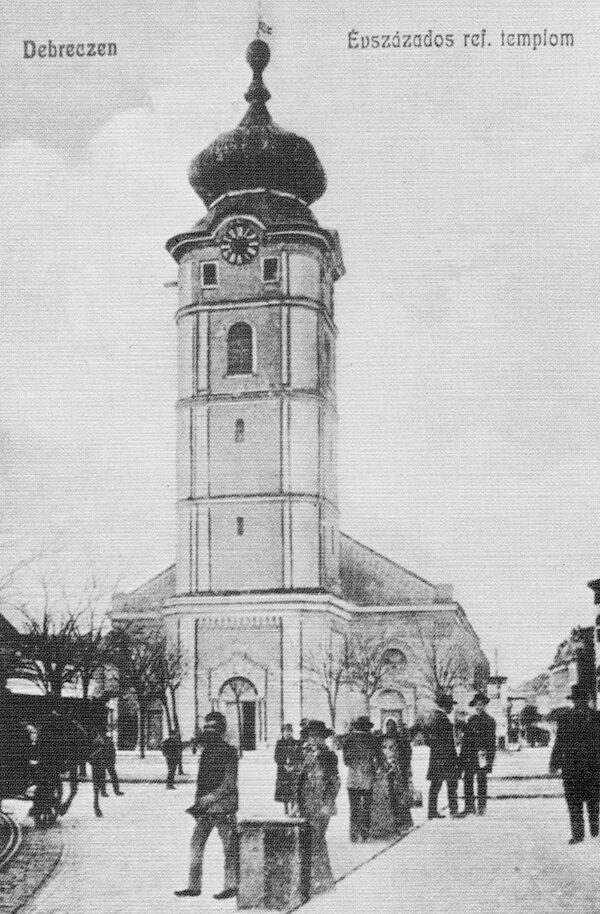
5. The church has repeatedly fallen victim to natural disasters . After the fire in 1719 and subsequent reconstruction, it was destroyed again by another fire in 1727, and after the restoration, in 1792, an earthquake shook it. Fortunately, there was no major trouble at that time, but it required constant repair due to its deteriorating condition in the following decades.
Another blow came on April 19, 1907, when during a storm a strong gust of wind tore off a piece of turret tin. The tower roof was repaired, but was later knocked down by the wind as a whole. The architects “rested in the will of God,” rebuilt the tower without a dome . Since then, locals have called it a “truncated” church (image above). The church was also damaged in World War II and was restored in several stages in the decades following the war.
7. At the beginning of the 19th century, there were a number of problems with the church. Over time, the area around the church became crowded, the nave turned black with pollution, its exterior became battered, and its fence obstructed street traffic. There was a remodeling of the church and some demolition of the old building and the construction of a completely new church . Well-known designers such as Mihály Pollack and Miklós Ybl and Antal Szkalnitzky, the designer of the Csokonai Theater, submitted tenders for the conversion. Not enough money was raised for the renovation, so eventually the old building and tower remained , but they were fitted with a new roof. The exterior of the church has been altered with romantic style cues .

7. A significant ecclesiastical event took place within the walls of the Small Church : on January 11, 1860, the Transylvanian Reformed Diocese, which protested against an imperial ruling confiscating the freedom of Hungarian Protestants, successfully held its famous general assembly here.
9. During the interior alterations of the 19th century, a widow was sent to the church. Donation by András Auer, 3 manuals of version 46 , made by local organ master István Kiszely. Renovation of the instrument, which is unique across Europe, began in 2016, and after several decades of silence, it resounded at Christmas 2018. In October 2019, several famous organists played on it as part of an organ inauguration ceremony. In addition to the organ, it is worth seeing the Rococo gallery of the church and the braid-style pulpit adorned with a speaker crown .
10. The Small Church is located on Révész Square , named after the famous Reformed church historian Imre Révész . The square was formed during the renovation of the church in the 16th century, when the fence of the church was demolished, and the plot on the north side was handed over to the council to widen the street estuary (Széchenyi utca). A row of bazaars from the bricks received for the plot was built on the west and south sides with the aim of covering the costs of the new church to be built later from their revenues. The row of business still stands today.
